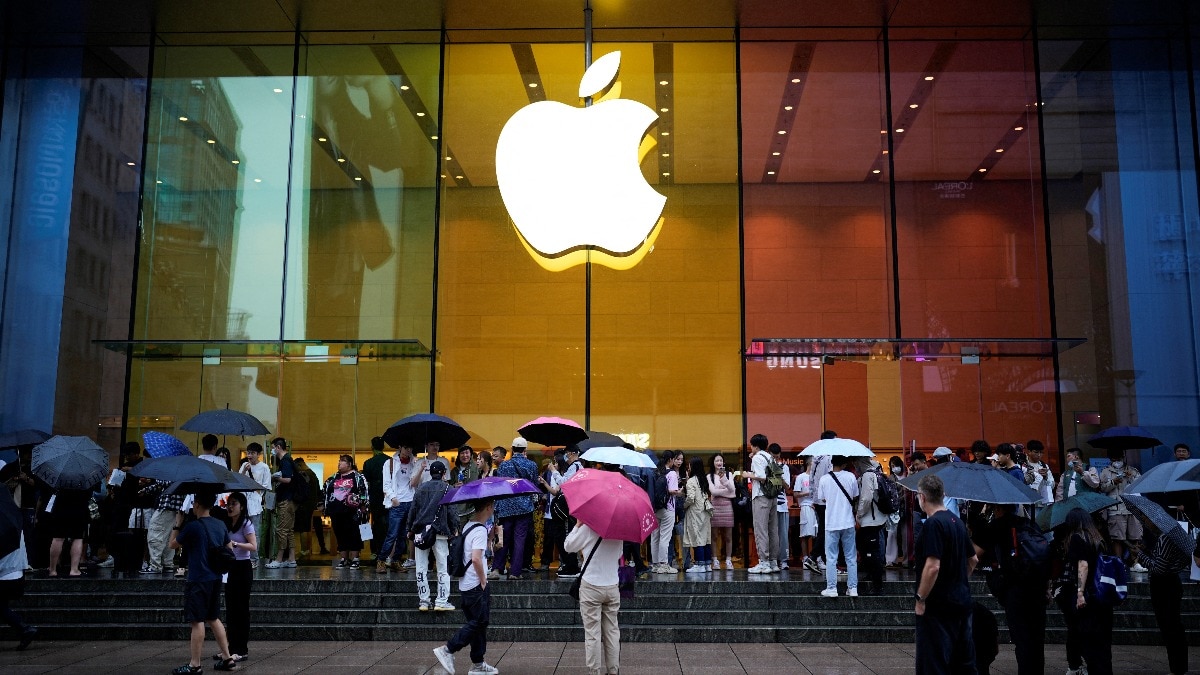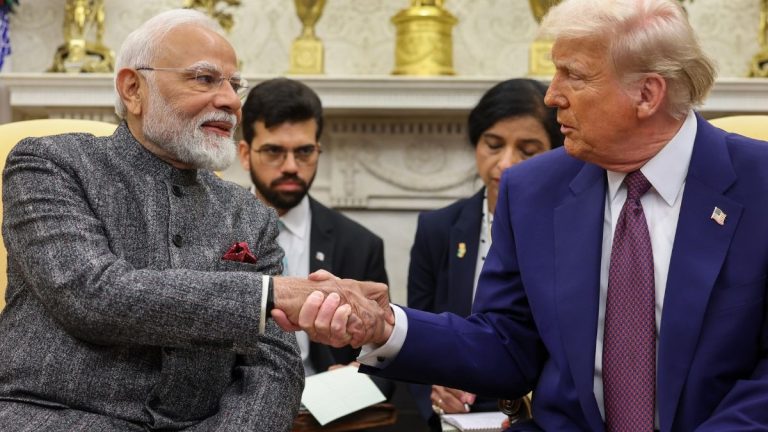Many engineers and executives at Apple are extremely bullish on India as against China, and for apparent reasons, but many see budding challenges in it, said journalist Patrick McGee in his latest book.
McGee, who was Financial Times’ principal Apple reporter from 2019 to 2023, explained in his latest book ‘Apple In China’, published by Simon & Schuster, that Apple’s hubris is leading it to ignore what a “unique, crafty, determined, and powerful role” China had played in the previous 25 years. Parallelly, if India manages to accomplish what it has set out to do, it would not only de-risk Apple’s operations that had spent years tying its fortunes with Beijing, but would also accelerate India to a manufacturing powerhouse.
The author said in his book that Cupertino is making serious efforts to de-risk Apple from China by asking its supplier partners to replicate the model in India. However, it is going to be a very nifty affair since Apple cannot afford to upset Beijing and it cannot stay put also. “They have to walk at just the right pace. If they move too quickly, China will get mad at them. And if they move too slowly, they’ll get stuck,” said Jay Goldberg, founder of D2D Advisory.
This also puts Taiwanese assembly giant Foxconn in a spot. It has already spent a fortune in establishing its Chinese base as well as committed to understanding its politics and culture. McGee said that Apple has essentially told Foxconn that they need to expand in India if they wish to hold on to their iPhone work.
To add to that the Tata Group has also entered the fray that is aiming to bring in more suppliers for the iPhone production. Tata Electronics bought Wistron’s India iPhone assembly plant in 2023 for $125 million and then Pegatron’s only India-based iPhone factory in 2024.
But as McGee puts it, the manufacturing ecosystems in India and China are not similar. The factors India has in its favour are its enormous workforce and its cheap labour. India is the most populated country, having surpassed China in 2023. Moreover, its average monthly manufacturing wages were just $195 in 2024, as opposed to China’s $1,139 and US’ $5,912.
However, the main differences, as McGee says in the book are as below:
- It is not the abundance of labour that’s China’s strength, but their allocation and flexibility. The Chinese state has critically ensured support to fill factories with migrant labour, whereas India does not have much of a culture of internal migration. McGee quoted a study that stated that India had the lowest rate of internal migration in 80 countries. Also the work is repetitive and there is not much interest in assembling an iPad or iPhone.
- Robot adoption in China is massive. As of 2022, the number of industrial robots deployed in China was above 290,000, more than half the global total. At the same time, it was 5,400 in India.
- Foxconn hubs in China are surrounded by hundreds of sub-suppliers, which are all ready to take on the next big order, said McGee. Goldberg said that to give up that ecosystem would be tricky for China. The Chinese offer an entire ecosystem of processes that they have developed over more than two decades.
- Suppliers and government officials in China took a “whatever it takes” approach to win iPhone orders. There isn’t the same kind of urgency in India.
- China has docile, hardworking labourers who are systematically exploited by the state, but the Indian government is fragmented and is not incentivised in the same way to boost growth. The Indian workers also have more of a voice, said McGee, who gave examples of Samsung workers’ protest that was covered by the media, and eventually making the company prioritise compliance. “In China, such dissent would receive no media support and be crushed,” said McGee.





